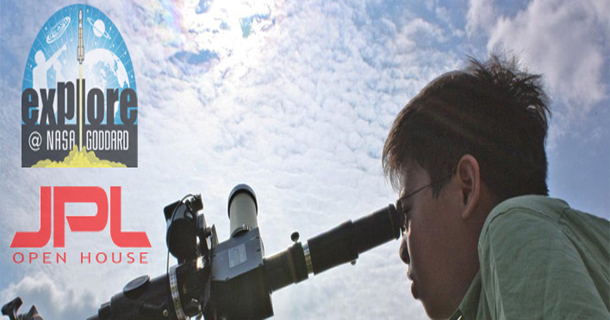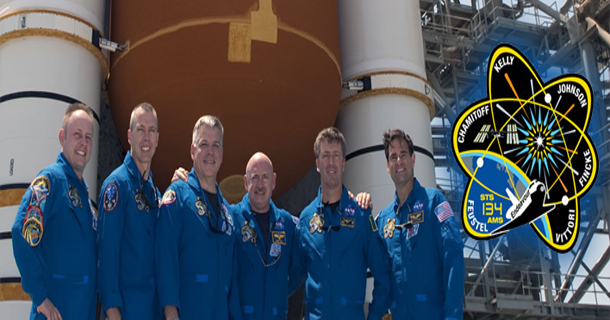Thanks to congressional inaction,
NASA must continue to fund its defunct Ares I rocket program until March, a requirement that will cost the agency nearly $500 million at a time when it is struggling with the expensive task of replacing the space shuttle.
About a third of that money, $165 million, will go to Alliant Techsystems, or ATK, which has a $2-billion contract to build the solid-rocket first stage for the Ares I, which was supposed to fill the shuttle's role of transporting astronauts to the
International Space Station.
But under a new NASA plan signed into law by President Obama in October, there's no guarantee that the new rocket required by that plan will use solid-fuel propulsion. And many in the agency say a liquid-fueled rocket would be cheaper, more powerful — and safer.
The money to ATK is part of the $1.2 billion NASA will spend on its canceled Constellation program from Oct. 1 through March. Most of the rest will go to Lockheed Martin Corp., which is building the Orion capsule intended to take astronauts into space aboard whatever rocket NASA selects. That program was largely spared by the new NASA plan.
What's more, constraints on NASA spending resulting from congressional budget gridlock will delay the scheduled start this year of a program to modernize aging facilities at Kennedy Space Center in Florida to transform it into a "21st century spaceport." It's now unclear when the program will begin.
The odd scenario, in which
NASA is throwing money at a canceled rocket program but can't fund a modernization program, is because of several twists in the legislative process that started a year ago and came to a head this month.
At the root of the problem is a 70-word sentence inserted into the 2010 budget by lawmakers seeking to protect Ares I jobs in their home states that bars NASA from shutting down the program until Congress passed a new budget a year later.
That should have happened before the Oct. 1 start of the federal fiscal year.
But Congress never passed a 2011 budget and instead voted this month to extend the 2010 budget until March, so NASA still must abide by the 2010 language.
That means NASA and its contractors are required to keep building Ares I, even though Obama in effect killed it when he signed the new NASA plan that canceled the Constellation moon program begun under President George W. Bush.
"It would be nice if Congress did its work," said John Logsdon, a space expert at George Washington University. "I would not be surprised if there was a combination of frustration and anger [at NASA]. They want to get on carrying out a good space program."
According to
NASA, the agency has been spending an average of $95 million a month on Ares I. At that rate, it will spend about $475 million from Oct. 1 to March 4, the period covered by the current budget extension.
The language that keeps Constellation going was inserted into the 2010 budget last year by Sen. Richard C. Shelby (R-Ala.), who sought to protect the program and Ares jobs at Marshall Space Flight Center in his home state.
His office confirmed that the language was still in effect but did not respond to e-mails seeking details.
NASA officials, however, said the Ares I money wouldn't necessarily be wasted.
The new space plan approved by Congress calls for the construction of a new so-called heavy-lift rocket that would use solid-rocket engineering.
"Much of the Ares I work likely will be directly applicable to a heavy-lift vehicle if a shuttle-derived architecture is selected, including five-segment boosters, tank structures, upper-stage engine and avionics," said Michael Cabbage, a NASA spokesman.
Indeed, ATK plans to continue work at its Utah plant.
"To the best of our understanding, there has been no change in direction and we are aligning our resources and capabilities to support
NASA in the development of a new heavy-lift capability," said Bryce Hallowell, spokesman for ATK of Minnesota.
The new NASA plan — developed after months of debate between Congress and the White House — favors an Ares I-type design by requiring use of "shuttle-derived" components, including solid-rocket motors. But some NASA engineers — and, reportedly, Shelby, reflecting the preferences of engineers at Marshall — favor a liquid-fueled rocket.
Such a rocket, they say, would be cheaper, more powerful and safer. A 2009 Air Force report warned that astronauts "will not survive" an explosion of the Ares I rocket during launch because flaming chunks of solid fuel would melt the parachutes of the escape system.
In November,
NASA asked ATK and 12 other companies to come up with proposals for a new heavy-lift system, opening the door to other possibilities.
"These trade studies will provide a look at innovative launch vehicle concepts, propulsion technologies and processes that should make human exploration missions more affordable," said Doug Cooke, associate administrator of NASA's exploration division, in a statement.
mmatthews@orlandosentinel.com
 12:58 AM
12:58 AM
 Nasa Information
, Posted in
NASA
,
nasa education
,
nasa images
,
nasa information
,
NASA mission
,
nasa news
,
0 Comments
Nasa Information
, Posted in
NASA
,
nasa education
,
nasa images
,
nasa information
,
NASA mission
,
nasa news
,
0 Comments
















